While 5G is becoming more widespread, many people don't care about such fast connection speeds and prefer to stay on a less expensive 4G plan. These people are often the same people who prefer an entry-level smartphone for less than 200 euros to avoid breaking the bank and to settle for basic features without frills. This is where Xiaomi's Redmi range comes in. With the Xiaomi Redmi Note 14, the most reasonable of the family (alongside the Redmi Note 14 Pro+ 5G, Redmi Note 14 Pro and Redmi Note 14 5G), the Chinese manufacturer once again offers a very affordable Android device. Let's see its arguments to try to attract potential buyers in this already well-represented segment.
Before we get started, let's point out that the Redmi Note 14 in its 5G version shares a good part of the specifications of the Redmi Note 14 4G present here. The chip changes to give access to 5G, the depth camera is replaced by an ultra-wide-angle module and the 5G smartphone is 10g lighter. This test can therefore shed light on the overall experience of the 5G model.
Cheap Redmi Notes often make their way into our guide to the best smartphones on the market. Is this still the case for this one? The answer is in this full review of the Xiaomi Redmi Note 14 4G after a few weeks of testing.
Xiaomi Redmi Note 14 price and availability
The Xiaomi Redmi Note 14, not to be confused with its 5G version, which has some different features, is available in three versions. The least expensive starts at €203 with 6 GB of RAM and 128 GB of storage. The other two are priced at €233 (8 GB + 128 GB) and €253 (8 GB + 256 GB). Their colors: blue, green and black.
Design: plastic that ensures the essential
As an entry-level model, the Xiaomi Redmi Note 14 opts for all-plastic construction. However, by being pleasant to hold in your hands despite its size (164.84 x 78.15 x 8.16 mm for 200 g), and by being able to give the illusion of metal from afar with its shiny surfaces and convincing finishes, this smartphone doesn't make fun of the buyer. Especially since the manufacturer graciously provides a silicone case that will probably protect the whole thing, "only" IP54 certified. We will therefore avoid dropping it in the water.
On the back, the camera block tries as hard as possible to make you forget its thickness. And it almost succeeds, only slightly unbalancing the terminal when it is placed flat. Regarding the buttons, nothing out of the ordinary: volume and power are located on the right and easily accessible. The fingerprint reader is located under the screen. A real plus for this price range.
Regarding the other edges of the smartphone, we note that the Xiaomi Redmi Note 14 is one of the last smartphones to offer a headphone jack, at the top. Wired headset owners will appreciate it. Alongside it, there's a speaker. This is doubled at the bottom for stereo sound, which is also appreciated in this range. Also at the bottom is the USB-C port and the SIM and microSD slot.
Screen: borders that spoil the party a little
Protected by Corning Gorilla Glass 5, the AMOLED screen of this Xiaomi Redmi Note 14 blows hot and cold. With a resolution of 2400 x 1080 pixels for a maximum dynamic refresh rate of 120 Hz, it proves to be especially generous in terms of brightness. This can thus climb up to 1160 cd/m² and is therefore sufficiently readable even in the sun.
On the other hand, the color fidelity, with the Intense mode set by default, is certainly not the most realistic of the neighborhood. Fortunately, by switching to Standard mode, we fall back on a much more correct delta E 2000, 2.68. Also note the absence of HDR here, Xiaomi was forced to make concessions. Impossible to correct this time, the other defect of this screen concerns its space occupation, measured at only 83.9%. This is due to the rather marked and thick borders, especially at the bottom, which can even slightly encroach on the content displayed in the corners.
Performance: Honorable Results
Audio: unbalanced stereo sound
Photo: a convincing wide-angle, but that's all
In its camera unit, the Xiaomi Redmi Note 14 primarily offers a 108 MP wide-angle lens (f/1.2). This is accompanied by a 2 MP depth camera (f/2.4) and a 2 MP macro lens (f/2.4). So, there's no telephoto or ultra-wide-angle lens.
Xiaomi delivers surprisingly good results in this price range with its main sensor when conditions are good. While contrasts leave something to be desired against the light, in more suitable conditions this smartphone delivers quite convincing results, in both normal and 108 MP mode. The latter offers larger shots designed to allow you to zoom into your image while limiting the loss of quality.
The light management is good, while the colors perhaps lack a little warmth (like those of the sweatshirt Ken below). The overall effect is coherent, despite the sometimes slightly aggressive smoothing added by Xiaomi.
Regarding the question of macro photos, as the shots in this test clearly show, we'd prefer to forget it. By digitally zooming in at x20 or even just x10, the image is barely usable, as noise and chromatic aberrations are rife as soon as the conditions are anything other than absolutely perfect.
The good results of the main sensor tend to be confirmed at night. While the shots are sometimes slightly overexposed compared to reality (especially in night mode), the noise remains reasonable provided you don't zoom in too much and have at least a few light sources. A little blur and other negative elements may be present, but nothing prohibitive for this price.
On the front, Xiaomi has equipped its smartphone with a 20 MP sensor (f/2.2). With or without photo mode, which is also effective for adding background blur, this one also does the job, provided you don't care too much about small details or want to zoom in on the image.
For video, no surprises, a classic 1080P at 60 FPS maximum is offered. On the other hand, unlike the Redmi Note 14 Pro in particular, there are no AI tools here to, for example, erase items.
Autonomy: a satisfactory battery
Equipped with a fairly generous 5500 mAh battery, this smartphone, priced under €300, has nothing to be ashamed of in terms of battery life. In typical use, it is possible to last a little less than two days without having to recharge. We will particularly thank the absence of HDR. For gamers, this performance will logically have to be revised downwards a little. To give you an idea, watching a series episode on a streaming service via WiFi costs around 4% of battery.
On the charging side, Xiaomi has limited itself to a “small” 33W maximum. This fast charging is currently in the low average, but this is once again quite acceptable for the price asked, since it takes less than 1 hour 20 minutes to reach 100%.
Interface: HyperOS hyper à la bourre
Entry-level and low priority for Xiaomi, this Xiaomi Redmi Note 14 is still only equipped with the first version of HyperOS, the manufacturer's overlay. Thus, for the moment, we will have to make do with Android 14 and an overlay that we would describe as functional but improvable. HyperOS 2 (also far from perfect) with Android 15 should arrive eventually, since Xiaomi has planned three years of major updates and four years of security patches. This is less than many competitors today, but sufficient given the inevitable limitation of performance of such a product after a few years of use.
In addition to its sadly classic batch of bloatware, HyperOS (MiUI-based redesign) is not as generous as other overlays in terms of features, customization, or even general appearance. Let's be clear: there is enough to personalize your experience, and most users will find what they are looking for, and the heart of Android remains there. However, Xiaomi will have to quickly step up its game to convince the most demanding users, and calm down on the ads. For AI enthusiasts, we will note that Xiaomi has still made the effort to integrate Gemini, Google's AI, into this Redmi Note 14.

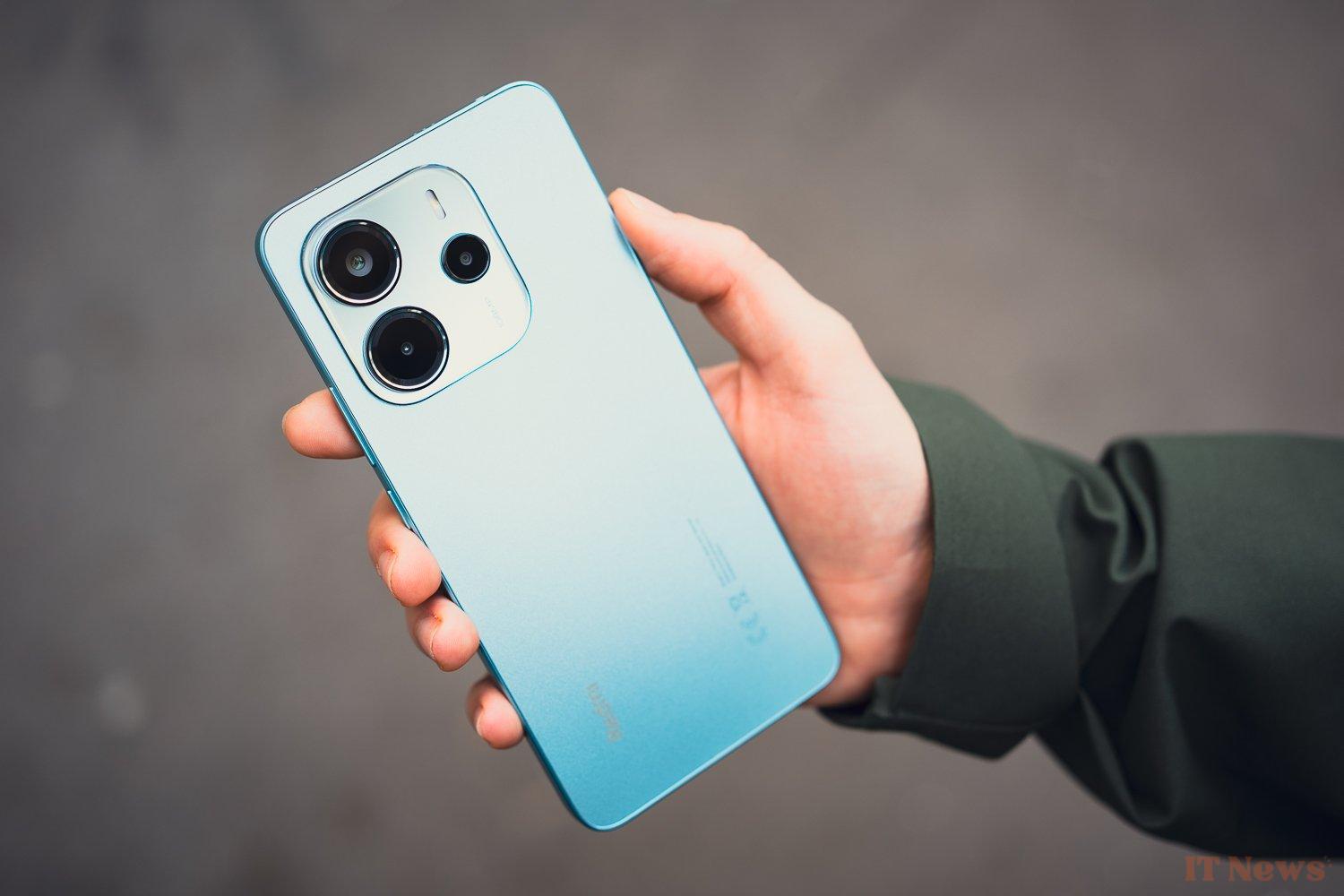

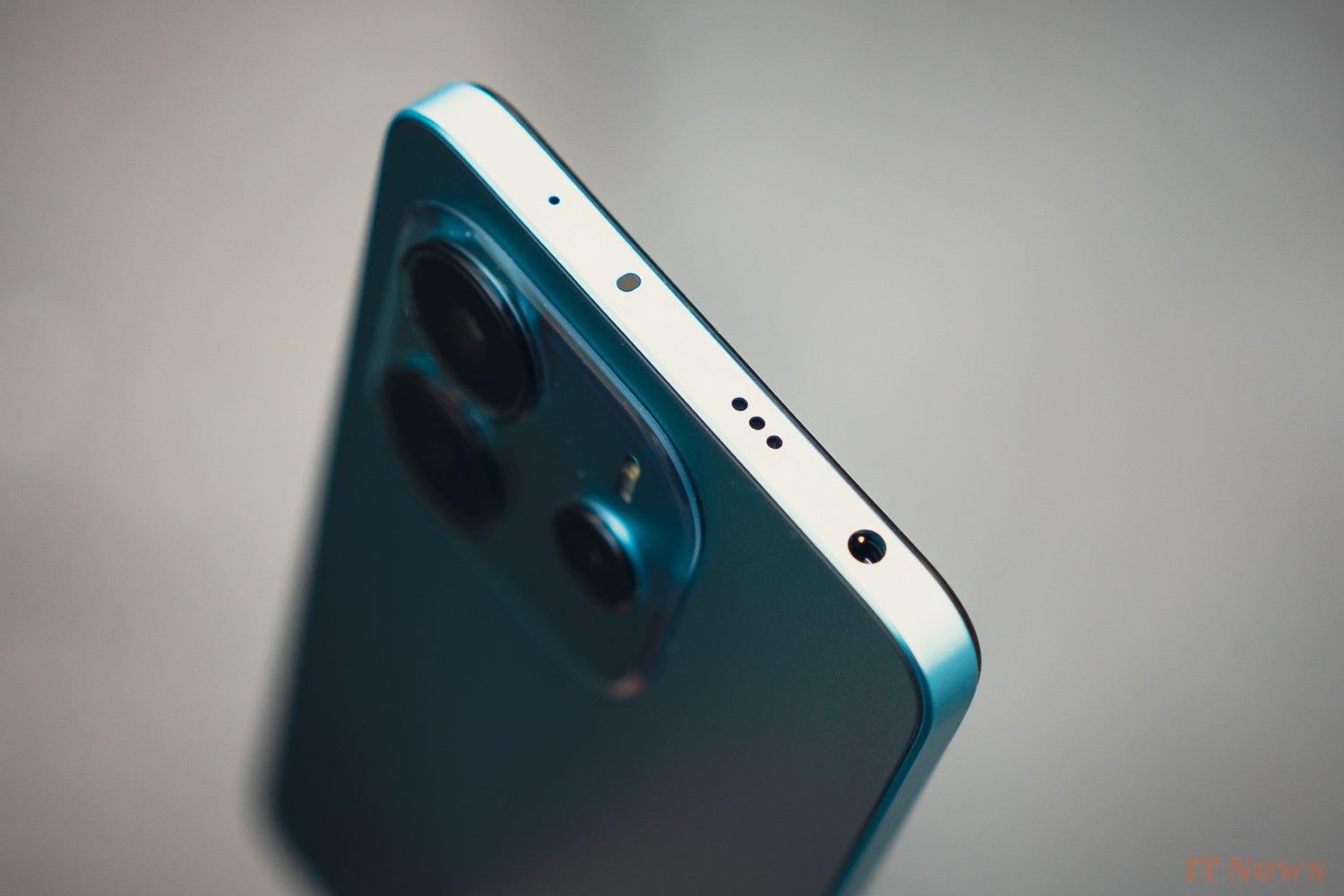

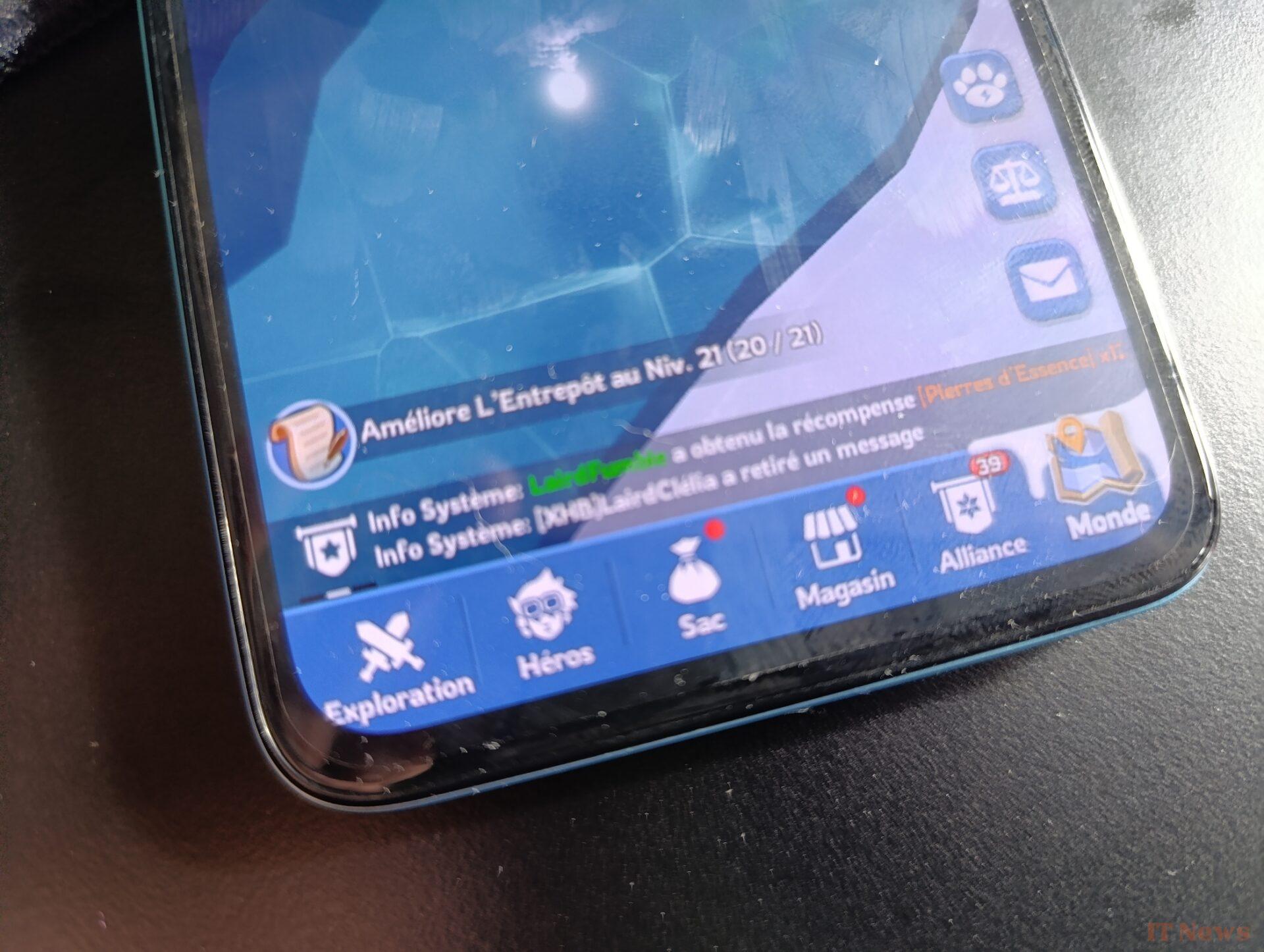
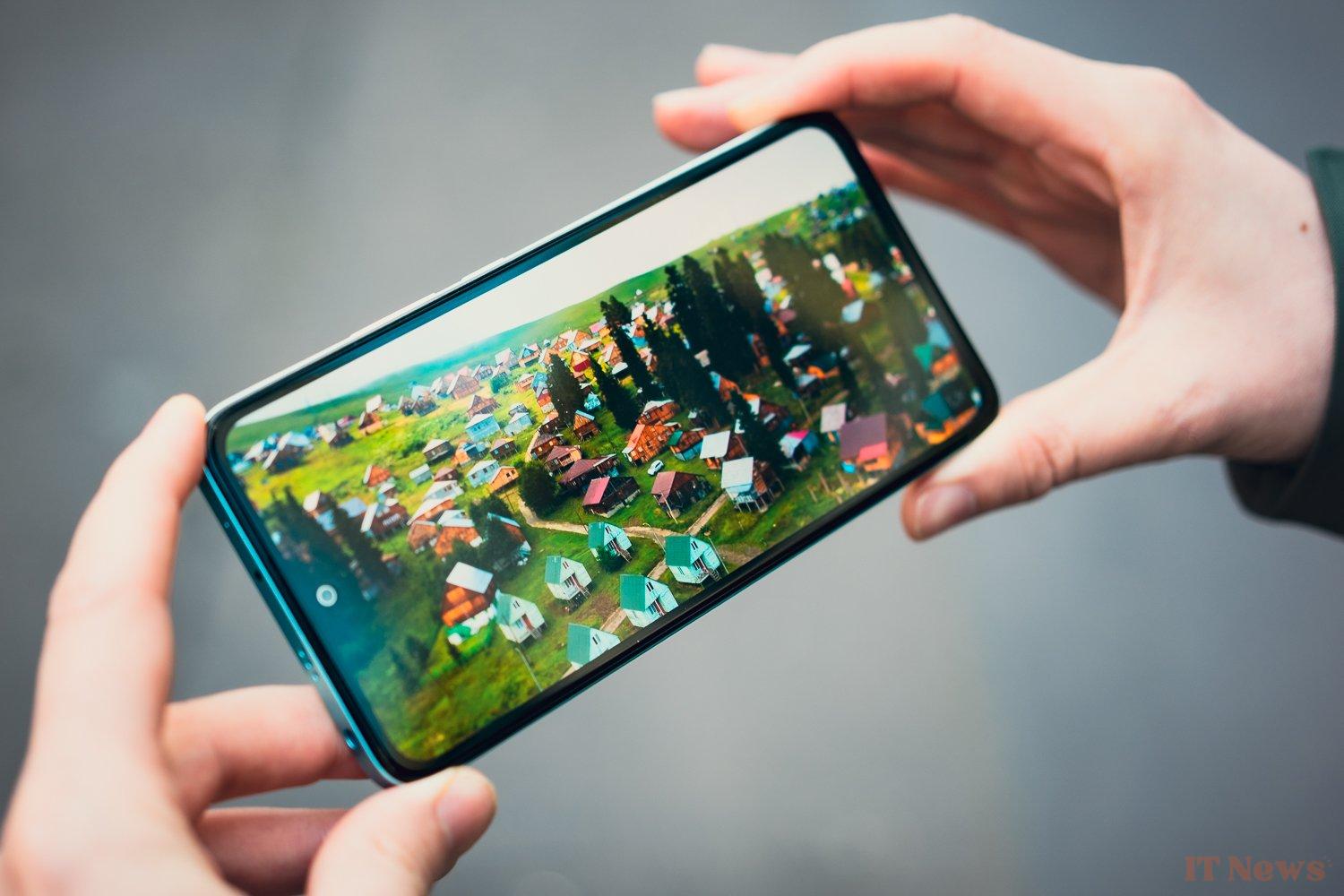
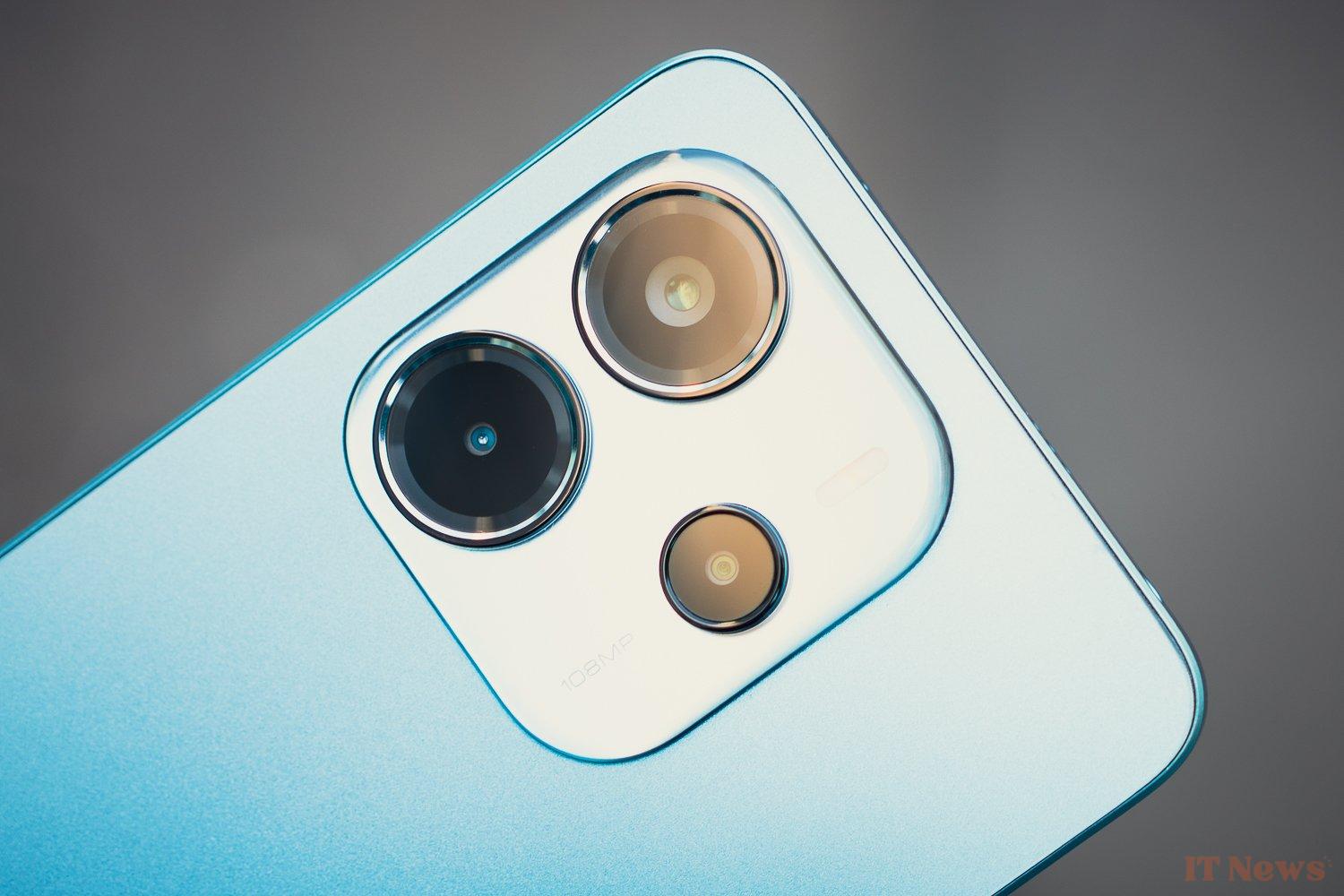
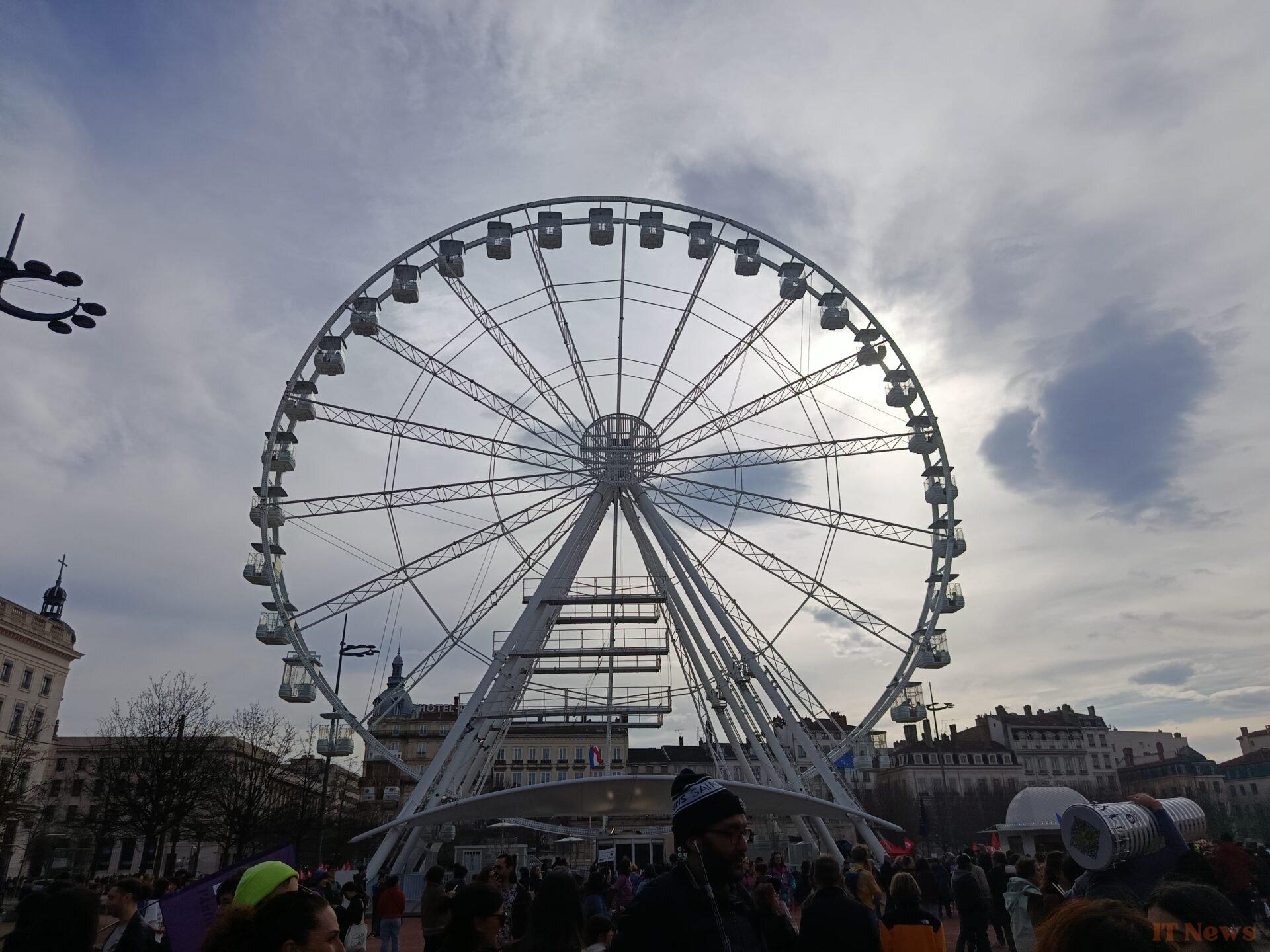






















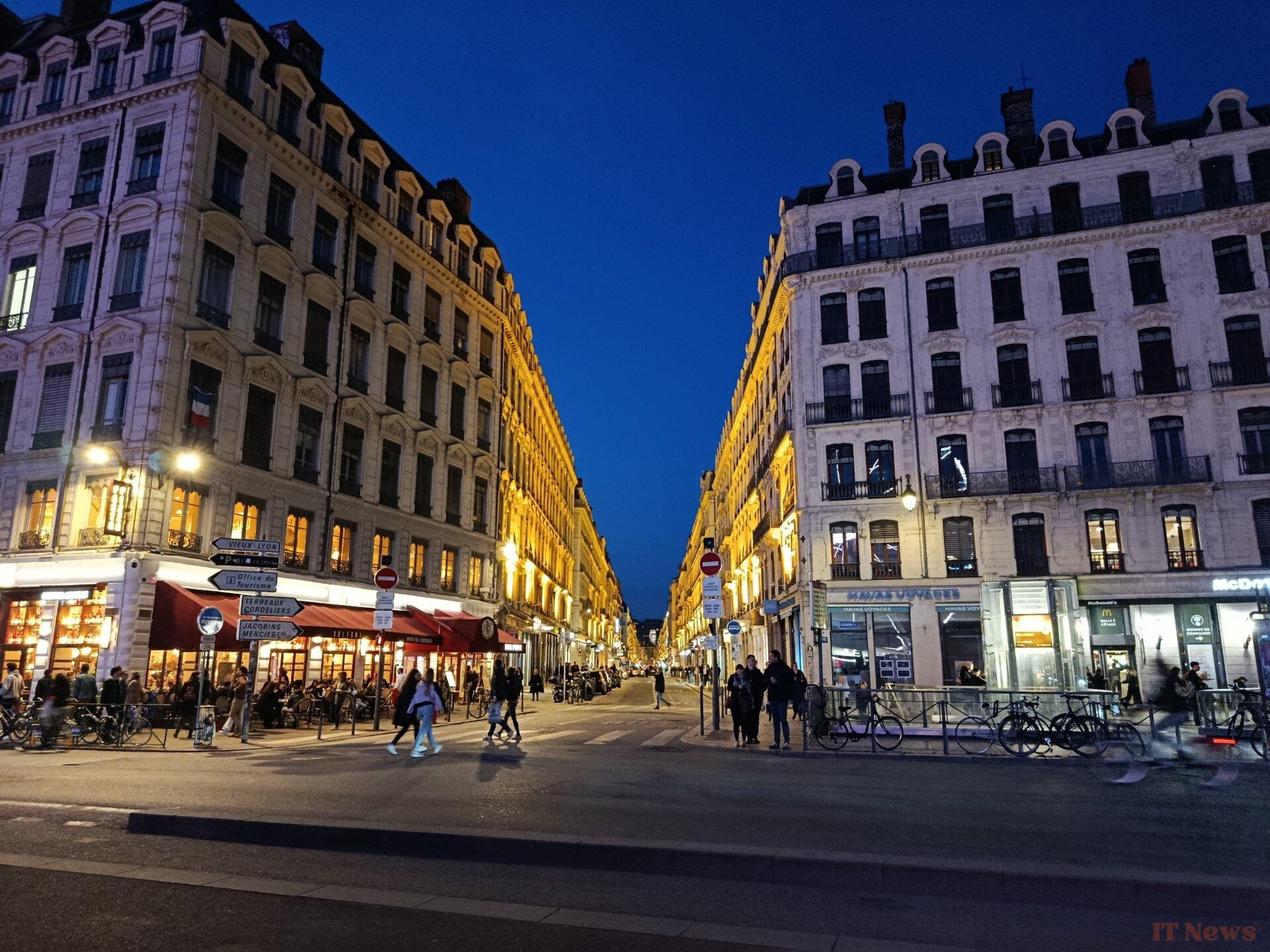







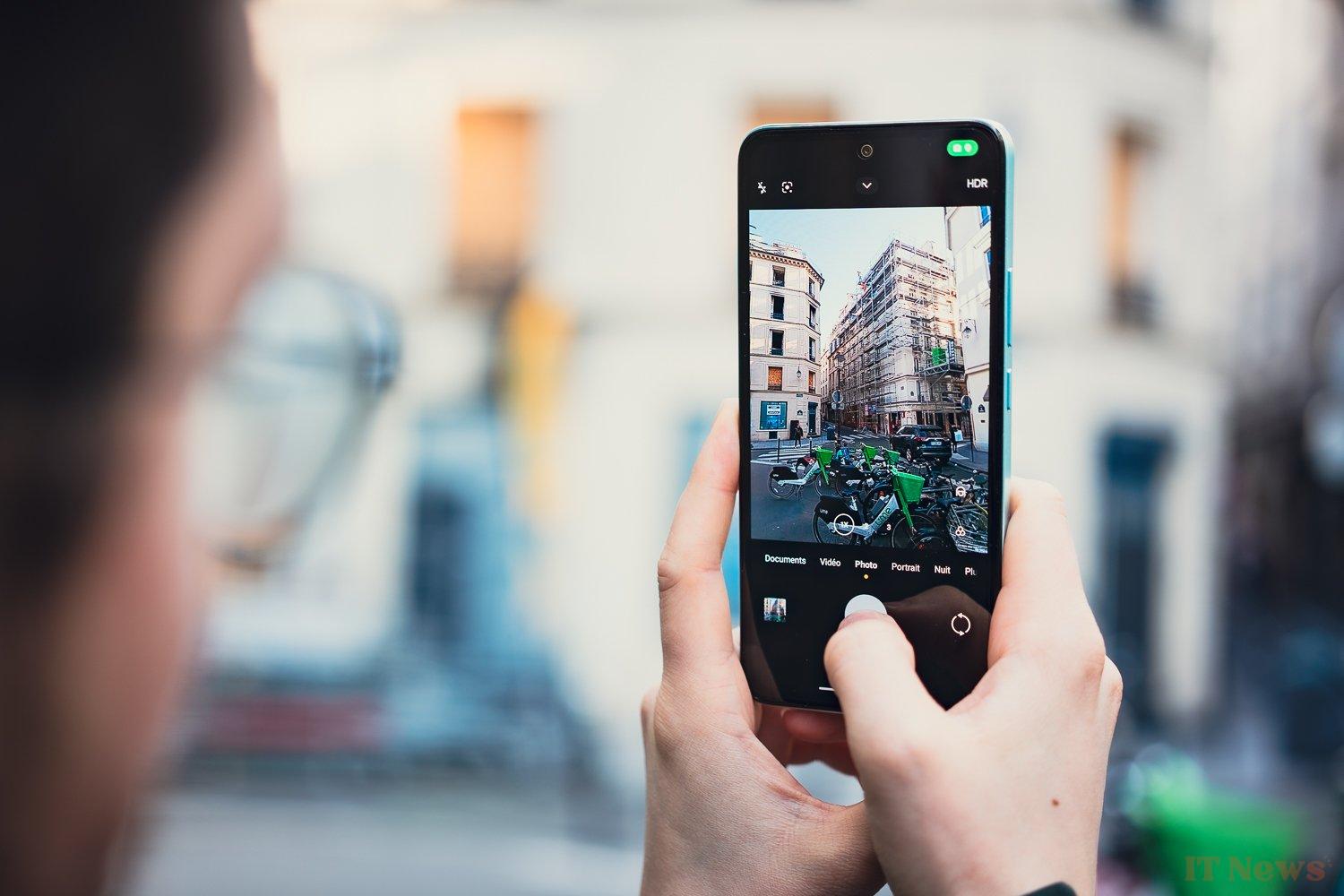





0 Comments